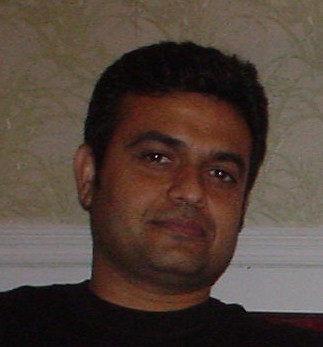Healthcare BPO has good futureIf the once much hyped medical transcription is looking down, outsourcing in imaging, disease management and claim processing are the new areas to look up to, as experts say a great opportunity awaits Indian BPO industry in the healthcare sector.
While estimates show that the revenue of medical transcription industry in India is expected to drop from $38 million in 2002 to $26 million in 2006, a nine per cent loss per annum, according to the National Association of Software and Services Companies (Nasscom), by year 2005, Indian BPO companies will be able to grab business worth $800 million from US healthcare companies alone.
Industry analysts say a significant opportunity awaits Indian outsourcing service providers in this field thanks to growing competitive business environment and technological and legislative changes that are taking place worldwide.
"During the early days of the Indian ITeS-BPO revolution major moves were made towards providing transcription services to hospitals and healthcare centres especially in US. However, easy availability of high-end services through healthcare outsourcing is now eating into the share of medical transcription,” says Devashish Ghosh, chief operating officer, Wipro Spectramind.
Experts say while healthcare outsourcing by global organisations has witnessed a rise over the past few years, the segment has remained relatively insulated from the ITeS-BPO wave as compared to other segments.
"However, the recent customer demand for new products and services, increase in competition and a real-time business environment are making BPO an important toll for achieving success for healthcare majors", the Nasscom report says.
"With the global healthcare industry increasingly under pressure due to regulations and the need for cutting cost, there is a huge potential for Indian IT companies to tap this market, particularly in the more advanced areas of healthcare such as imaging, disease management and claims processing", says Ghosh.
While at present there are customers mainly from the United States and UK, industry players say, of late, demand for healthcare outsourcing has also been seen in European countries like Germany and France.
"Till date, USA is the biggest market for healthcare outsourcing but now even the UK based companies are trying to follow the suit, although in a cautious manner. However, it may take some more time for European players to take a big leap because of state-governed health regulatory system in most of these countries,” Ghosh says.
Explaining about the main reason behind India emerging as a favourable destination for medical outsourcing, Anurag Jain, CEO, Vision Healthsource, one of the largest healthcare BPO service provider in the country, says, "India's inherent strength is the quality of our human resource pool. We have the analytical thought process that is required to develop complex applications and manage complex process, which is of utmost importance for healthcare BPO particularly".
"Also, Indian companies have an edge as they can offer a large number of value added services like diagnostic analysis by highly qualified medical professionals at a much cheaper cost,” Ghosh adds.
About the main domains in which BPO companies are eyeing global healthcare companies, Jain says, "The healthcare outsourcing market can be primarily divided into four major blocks of providers (hospitals and physician groups), payers (healthcare insurance companies, third party administration, etc), drug manufacturers (clinical research and bulk drug outsourcing) and pharmacy chains.”
Several Indian companies are presently providing solutions such as customer management systems, maintenance of electronic medical record services, etc. to healthcare service providers, health insurance companies and life sciences and medical equipment firms.
Other areas which the Indian companies can tap relate to clinical research organisations that conduct various pathology test on patients of new drug development, experts say, adding now, companies are also getting their facilities accrediated by the College of American Pathology (CAP), the global standard for pathological governance.
"We use same quality of chemicals and processes for analysis as are used in developed nations and even the processing technology is same. This is certainly another segment in the medical BPO sector where India is poised to show much growth,” Ghosh says.
On the opportunity for Indian BPO companies in the healthcare sector, Jain says, "Most Indian companies have not yet matured in terms of developing a global outlook. Customers are today looking for service providers who can give them multiple options like a multi-shore model to deliver to any need from applications to consulting and from processes to managing the infrastructure.
"Unless you have the ability to service these multiple needs, a BPO provider would not be viewed as adding value and Indian BPO companies would come of age only when they build these capabilities,” Jain adds.
All said and done, while the healthcare segment, globally acknowledged as a significant IT spender, will continue to present a significant opportunity for Indian IT services and ITeS-BPO companies, going forward, there is still need to do much more.
As the Nasscom report puts it while the India was quick to plunge into ITeS solutions for the healthcare industry in the form of medical transcription, now Indian vendors have to work on improving their know how and domain knowledge to tap into the high potential offered by the global healthcare vertical.

